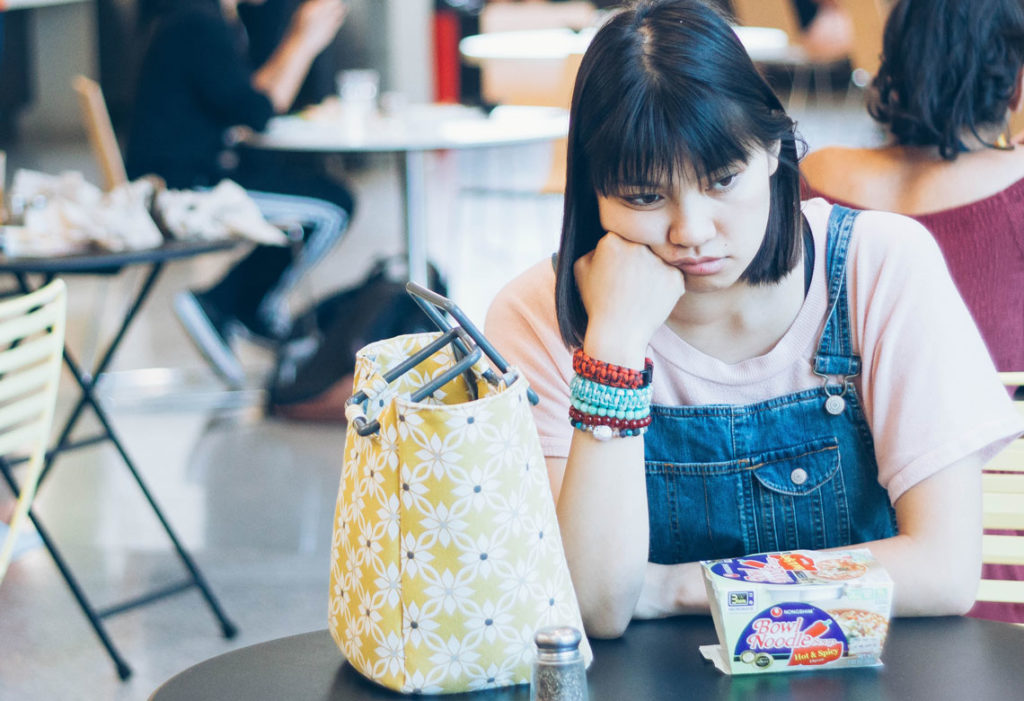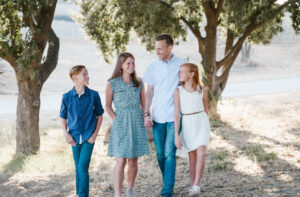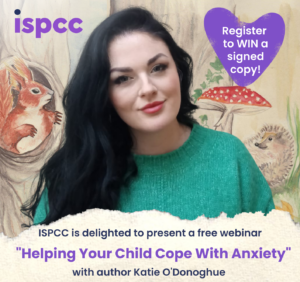
Fiona Flynn, Youth Development Officer with Bodywhys talks about body image concerns and eating disorders in children and young people.
‘Back to School’
The return to school after the summer holidays is a time when body image concerns can surface.
While the return to school can be an exciting time for many children, it can also be an anxious time as they resume a new class, perhaps with more homework or a different teacher or worry about ‘fitting in’ with friends they may not have seen for a while.
Take the time to talk to your child about how they’re feeling about the ‘return to school’.
It can be helpful to start this conversation at a time when there is less pressure and no other distractions such as when they are in the car or you are out for a walk together.
Tune in to the way they speak about the return to school and any concerns they might have about school work, friendships, ‘fitting in’ or body shape.
Primary School Children
Unfortunately eating disorders and body image concerns in teenagers and primary school children are increasingly common.
It is important to support parents in promoting positive body image in children and young people and to be aware of the early signs of body image and related concerns.
Children today are exposed to more messaging-related to bodies and may inadvertently pick up messaging in advertising, on TV, online and on social media.
However, there are many positive steps that parents can take to promote positive body image in children.
Starting Secondary School
For students moving from primary to secondary school, the transition may be fraught with additional anxiety around a new stage of life, being in the same class as existing friends or worries about making new friends and coping with a bigger workload.
As parents, it is important to acknowledge that while moving to a new school can be exciting, it may also bring up these difficult feelings.
Take the time to talk to your child about how they feel about these changes.
Body Image & Development
The move to secondary school may also increase focus on body image as students go from being the oldest in primary to the youngest in secondary and may become aware of new pressures.
Noticing how your body differs from others is a normal part of development and a certain amount of focus on bodies is to be expected. Pay attention however, to the way your child talks about their body.
Tune in to any changes in the way they speak about themselves or their bodies.
Monitor Screen Time
Pay attention to their phone use also and the amount of time they spend online. Talk to your child about online influences.
Many children get a mobile phone when they start secondary school so new body image influences at school may be compounded by additional pressures online.
Connecting with friends is important but it’s also important to set limits around screen time, to talk to your child about who they follow online and how this makes them feel.
When setting screen time limits, let them know it’s about having a good balance of home life, school life and activities they enjoy as well as online influences.
Keep the lines of communication open and let your child know that you want them to be free to connect with friends and follow their own interests but as a parent you also need to make sure they are safe and happy.
Approach all conversations with a supportive mindset. The journey to adulthood can be a confusing time so acknowledging that they are ‘doing their best’ may be all the help they need.
Body Image Influences
Talk to children and teens about the media images they see and teach them that those images are usually edited (airbrushed) to make the subjects look slimmer, flawless or more muscular.
Teach them that, in real life, people come in all shapes and sizes and that most people do not look like the people we see in the media.
It’s important to talk honestly about social media too and let your child know that even though social media has people we know, often people present their ‘best selves’ on these platforms.
Start a discussion about ‘what we see’ on social media – mostly the ‘good stuff’ such as holidays, nights out or fun events – and that people don’t tend to post ‘everyday stuff’. This can present a very false sense of people ‘living their best life’ all the time which is not realistic.
Encourage your child to use social media ‘mindfully’, to notice how social media makes them feel.
Empower your child to follow things which interest them or make them feel good and to notice and ‘unfollow’ any posts which make them feel like changing themselves or make them feel less happy with who they are.
Appearance is only one part of who we are….
Messages from the media often emphasise appearance and present very narrow ideals. Muscular body shapes for men and slim, flawless body shapes for women dominate media images and children can pick up on this pressure from a young age.
It is important for parents to teach children that body image is only one part of who we are. We can do this by shifting the focus from appearance to the ‘whole’ person in any conversations we have in the presence of our children.
If we talk a lot about appearance, compliment people on weight or express dissatisfaction with our own bodies, children may learn that beauty, appearance and weight are important.
If, however, we talk about other qualities we admire in people (including those in the media) such as kindness, being a good listener, honesty, a sense of humour, etc. children learn that these are the qualities that are valued in people.
Making a conscious effort to shift the focus to these qualities is an important step in challenging media appearance ideals.
You will find additional advice for parents on promoting positive body image in children and young people, as well as finding information on supporting a young person with an eating disorder or body image concerns at www.bodywhys.ie


